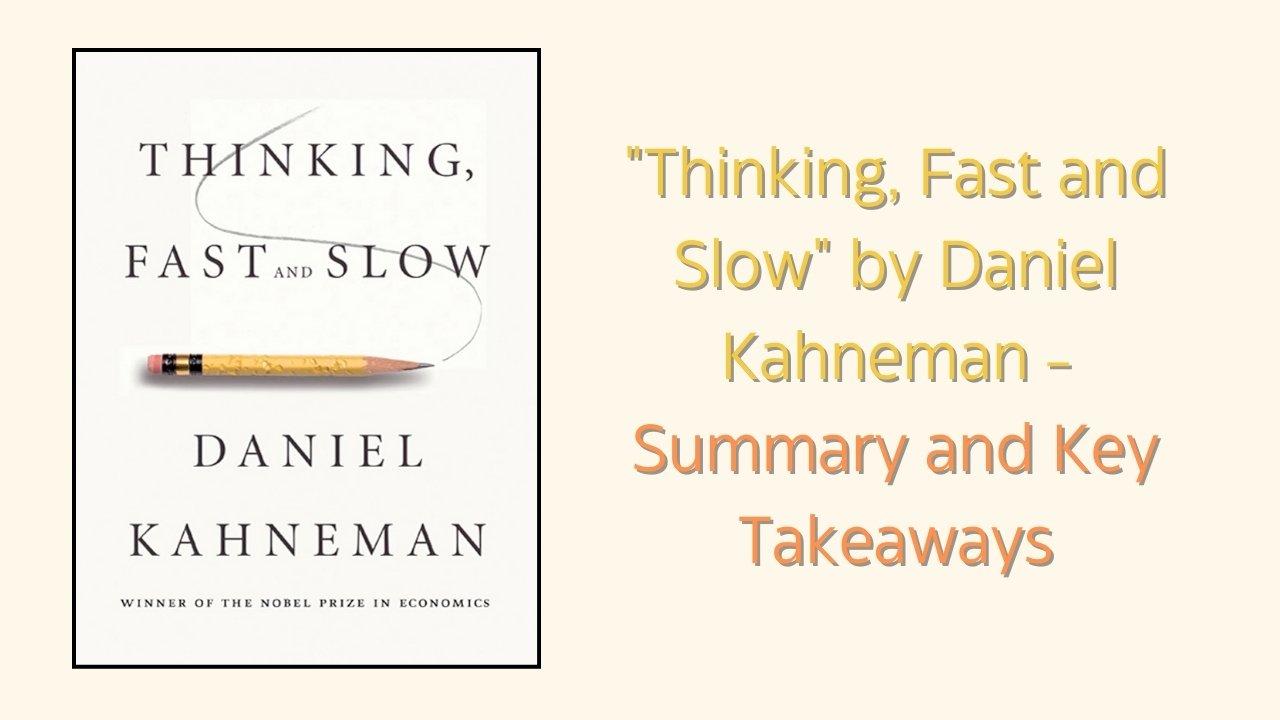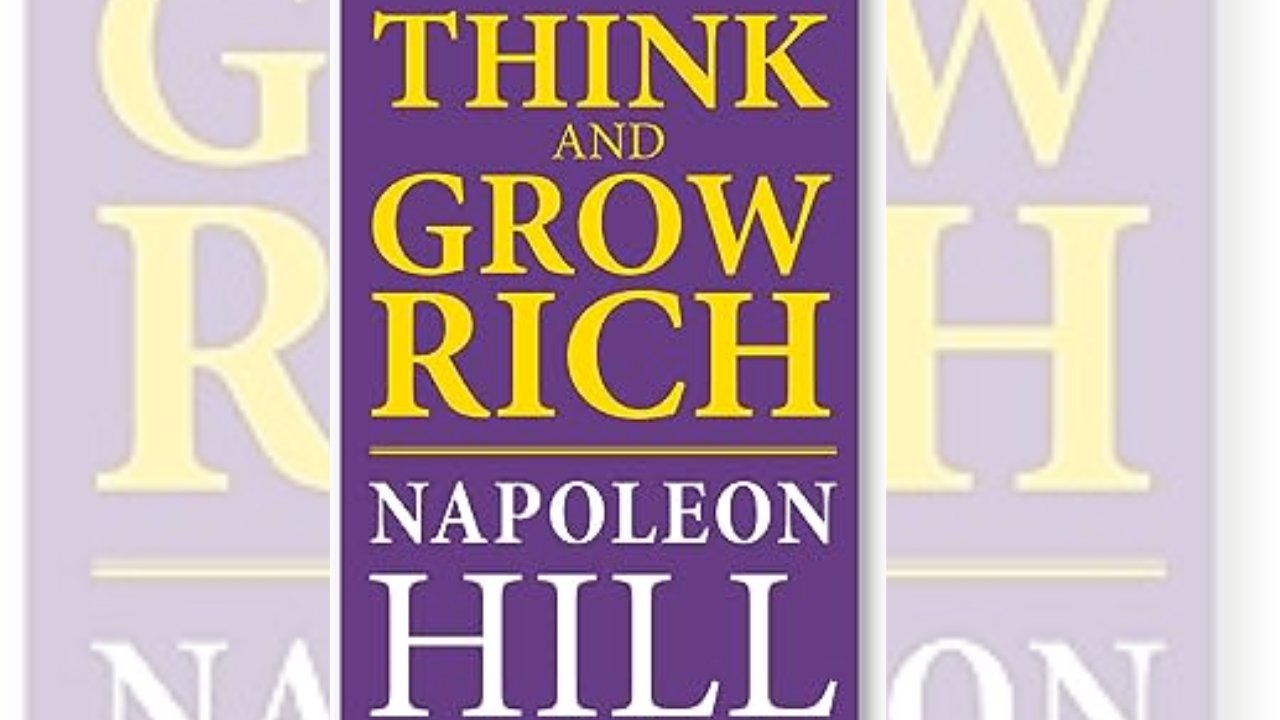Book Summary
Book Summary – Thinking Fast and Slow

“Thinking Fast and Slow” by Daniel Kahneman – Summary and Key Takeaways
“Thinking Fast and Slow” explores the various ways in which humans make decisions and the factors that influence those decisions. The book argues that our thought processes can be divided into two systems: System 1, which operates quickly, automatically, and without effort, and System 2, which involves more deliberate and intentional thinking.
Key Takeaway 1: We are susceptible to cognitive biases
Kahneman describes how our thinking can be influenced by cognitive biases, or mental shortcuts, that often lead to inaccurate or irrational decision-making. These biases include the availability heuristic, the representativeness heuristic, and the confirmation bias. He argues that becoming aware of these biases can help us make more objective decisions.
Key Takeaway 2: Our intuition can be both helpful and harmful
Our intuition, or System 1 thinking, can be a helpful way of quickly making decisions. However, Kahneman warns that it can also lead us astray. For example, our intuition may cause us to overestimate the probability of rare events or make decisions based on emotions rather than logic.
Key Takeaway 3: We tend to avoid uncertainty and ambiguity
Kahneman describes how humans have a natural aversion to uncertainty and ambiguity, preferring instead to simplify complex problems. However, this can lead to oversimplification, which can hinder effective decision-making.
Key Takeaway 4: Framing and context can influence our decisions
Kahneman explains how the context in which information is presented, known as framing, can significantly impact our decision-making. For example, if a decision is framed in a positive way, we may be more likely to choose the option presented to us.
Key Takeaway 5: System 2 thinking can help us make better decisions
System 2 thinking requires more effort and deliberate thought than System 1 thinking, but it can help us make more informed and objective decisions. By taking the time to analyze information and assess risks, we can avoid cognitive biases and make better choices.
Key Takeaway 6: We are overconfident in our abilities
Kahneman describes how we often overestimate our own abilities and fail to recognize our own limitations. This overconfidence can lead to poor decision-making and can impact our ability to learn from our mistakes.
Key Takeaway 7: We can learn to improve our decision-making
Although our thinking is influenced by a variety of factors, Kahneman argues that we can learn to improve our decision-making skills. By becoming aware of our biases, taking the time to analyze information, and incorporating feedback, we can make more informed and objective decisions.
Conclusion
“Thinking Fast and Slow” provides a fascinating exploration of the way humans make decisions and the factors that influence those decisions. By understanding the ways in which our thinking can be influenced by biases, intuition, and context, we can make more informed and objective decisions. Moreover, acknowledging our limitations, and taking steps to improve our decision-making skills, can lead to better outcomes in both our personal and professional lives.




